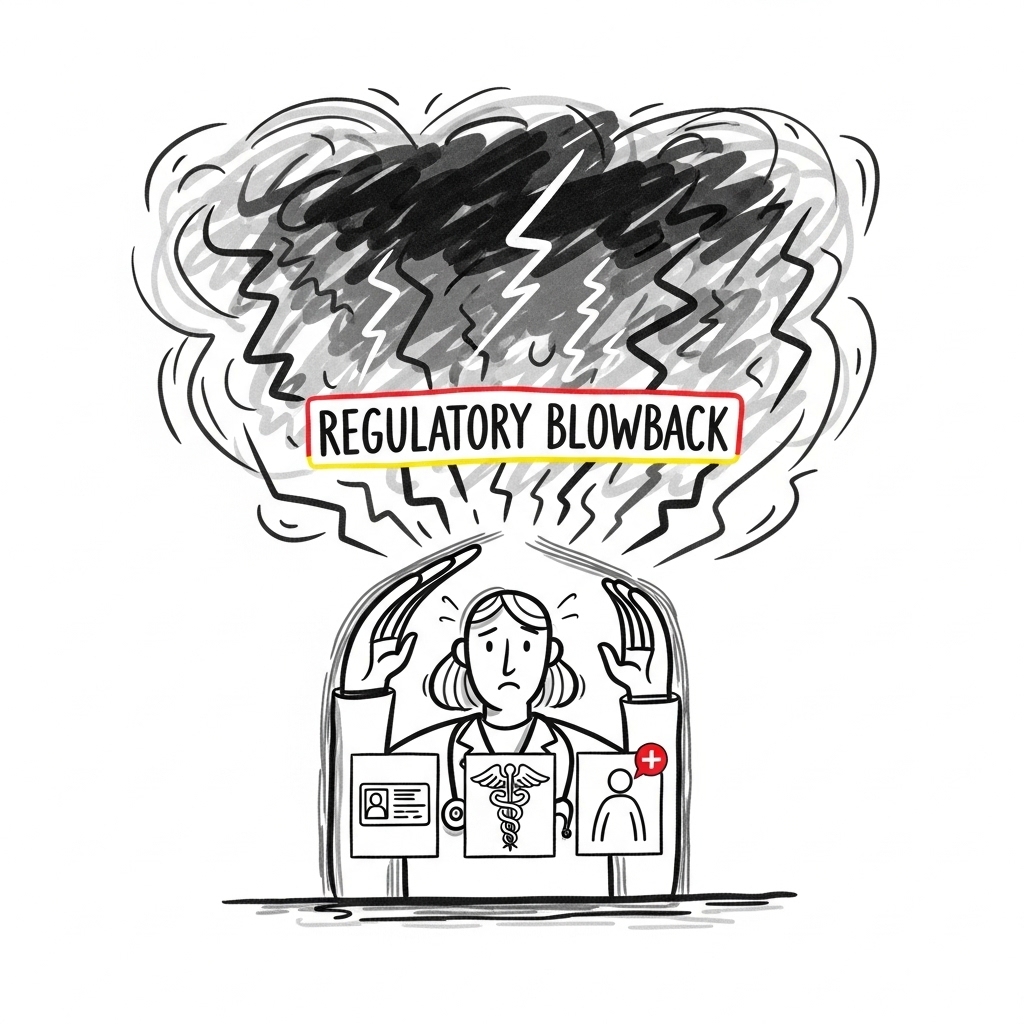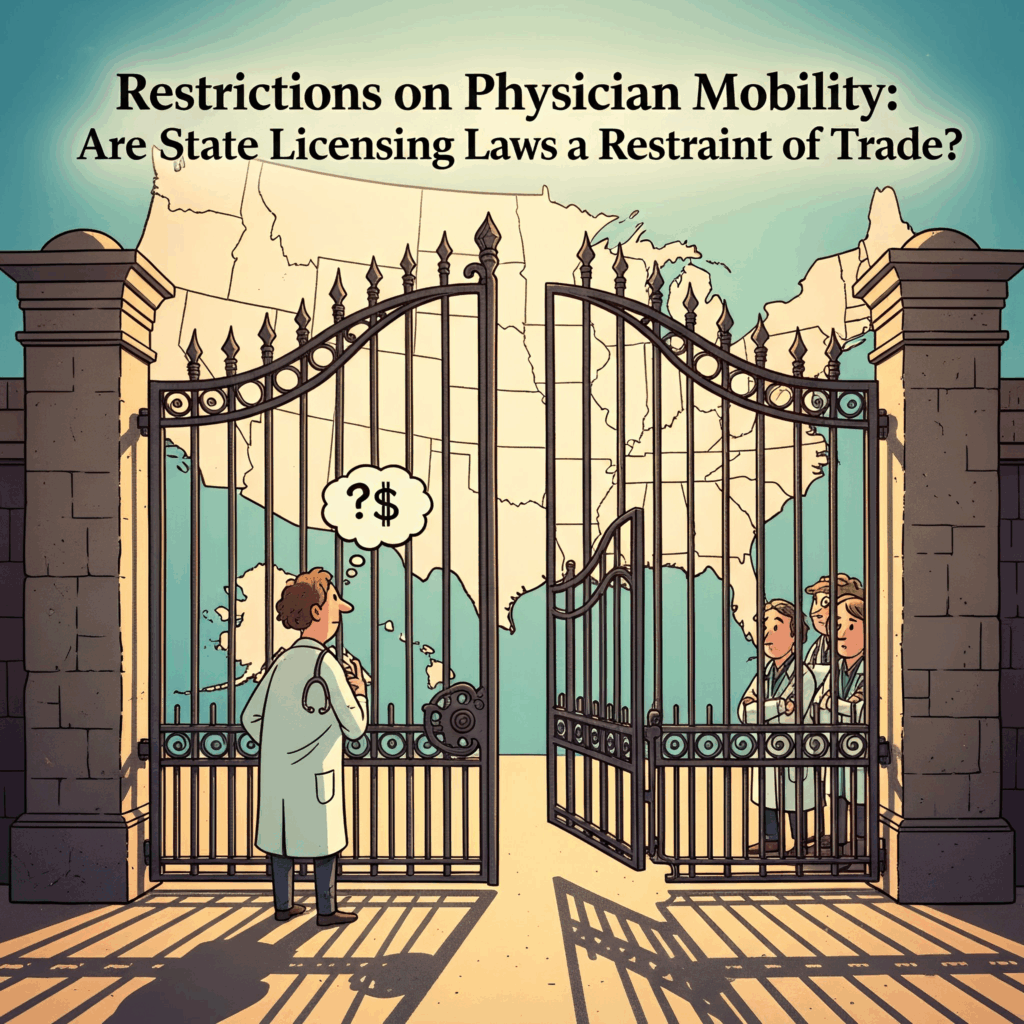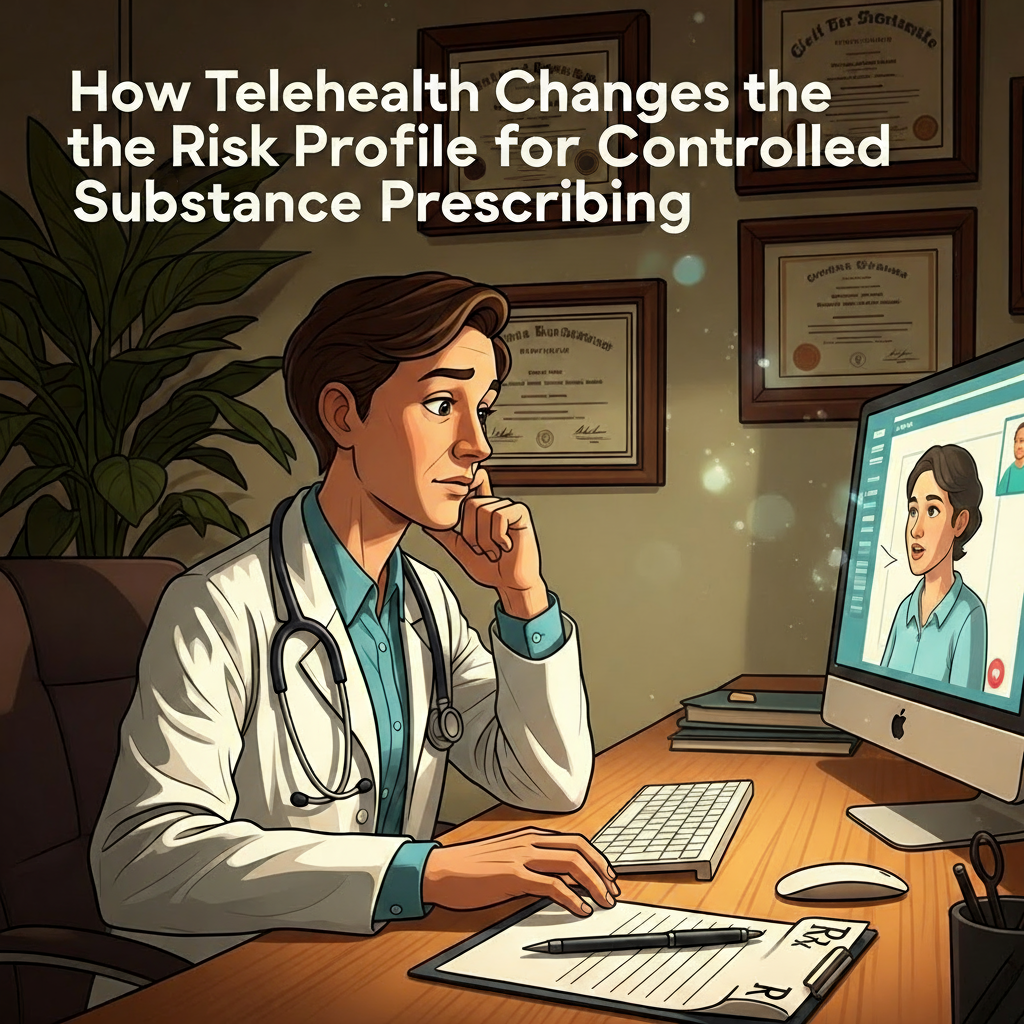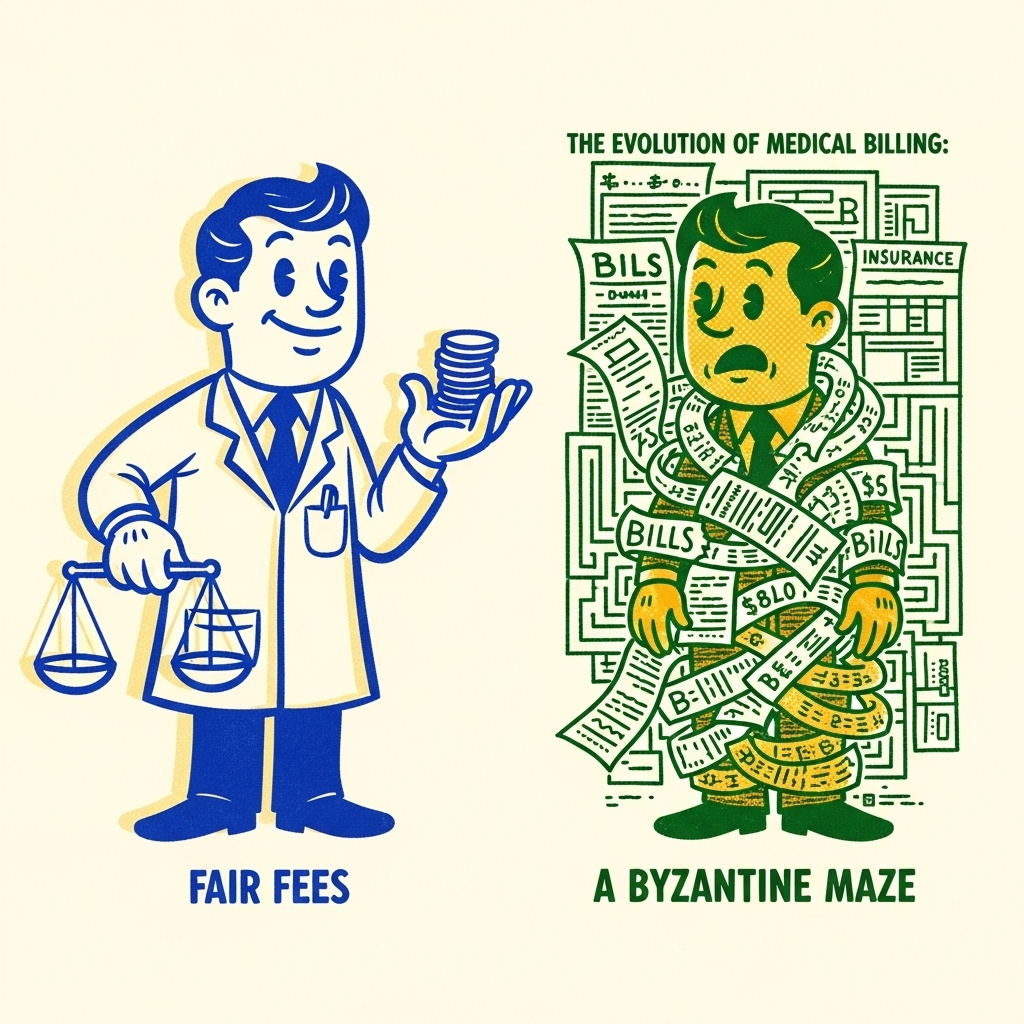
Introduction: It’s Not Just About Compliance—It’s About Survival
Every provider thinks it won’t happen to them—until it does.
One day, you’re treating patients… The next, you’re staring at a certified letter from the DEA or CMS. Maybe it’s a payer audit. Maybe a patient filed a complaint. Maybe your EMR data triggered a red flag. You obviously didn’t intend to break the rules—but the outcome is the same.
You’re under scrutiny.
In over two decades of consulting on medical audit defense, expert witness testimony, and regulatory litigation, I’ve seen one pattern repeat: good clinicians getting blindsided because they thought “I’m not doing anything wrong” was enough.
It’s not.
If you want to protect your license, your livelihood–your family, and your patients, you need to operate like regulatory blowback is not a possibility—it’s a certainty. Because eventually, for most providers, it is.
The Reality of Practicing Under a DEA License
If you hold a DEA registration, you’re not just a physician. You’re a controlled substance gatekeeper. That means you’re subject to:
- Federal criminal law
- State medical board oversight
- Insurance payer guidelines
- CMS and OIG audits
- Malpractice liability
And they’re not coordinated. You can be in full compliance with one entity and still get sanctioned by another.
Here’s the hard truth: intent doesn’t matter. Under the False Claims Act, you don’t need to intend to commit fraud to be prosecuted for it. All they need to prove is that the action occurred—and that you should have known better.
What Triggers Regulatory Blowback?
Blowback isn’t random. It’s usually the result of one of these:
- Outlier Data: Your prescribing habits, billing codes, or refill patterns stand out.
- Complaints: A patient, pharmacist, ex-employee, or competitor files a grievance.
- Audits: CMS, commercial payers, or the DEA trigger a review based on trends.
- Lack of Documentation: You did the right thing—but you didn’t write it down.
- Overreliance on Trust: You assumed patients were telling the truth without verification.
The fastest way to avoid blowback is to build systems that make your practice defensible even when it’s under attack.
The Three Pillars of Regulatory Defense
If you want to protect yourself, there are three categories you must address:
1. Protect Your License
Your license is the foundation of your career. Lose it, and you lose everything.
Here’s how to safeguard it:
- Implement a structured compliance program for all controlled substance prescribing
- Use prescription monitoring programs (PMPs) before every prescribing event
- Conduct regular urine drug testing (UDT)—at least quarterly for chronic controlled substances
- Document every clinical decision as if someone with a badge and a subpoena will read it later
- Train your staff—they’re part of your risk exposure
Licensing boards care less about how you feel and more about what you can prove. Build your defense now—before you need it.
2. Protect Your Practice
Audits are revenue-driven. Recovery Audit Contractors (RACs) and insurers are incentivized to find mistakes—because every “error” is an opportunity for recoupment.
Here’s how to defend your practice:
- Perform preventive audits of your own documentation and billing
- Analyze your data for outlier prescribing, coding, or documentation trends
- Standardize controlled substance agreements (CSAs) across all providers
- Track and trend refill requests, early fills, and pill counts
- Have clear internal policies for when and how exceptions are made
A defensible practice is one with systems, not “gut feeling.”
3. Protect Your Patients
Ultimately, this is about patient safety. But safety isn’t just clinical—it’s also legal.
Here’s what that means:
- Don’t normalize polypharmacy without oversight. Benzos, amphetamines, opioids—all require structure.
- Hold patients accountable through testing, contracts, and documentation
- Prevent diversion by monitoring PMP records and requiring pill counts
- Identify risk early—noncompliance, red flags, or inconsistencies should be addressed immediately
Protecting your patients from dependency, diversion, and overdose is your duty. Protecting yourself while doing it is smart medicine.
The Tools of a Defensible Provider
If you’re not already using these, start now:
- PMP checks at every prescribing event
- Signed and enforced Controlled Substance Agreements
- Routine Urine Drug Testing (quarterly minimum)
- Randomized pill counts
- Chart documentation that is audit-ready, not just clinically adequate
- Policy documentation for early refills and lost prescriptions
- Preventive internal audits every 6–12 months
These tools aren’t difficult to implement—but they are impossible to explain away if they’re missing.
What Happens When You’re Not Prepared
Let me share a pattern I’ve seen far too often:
- A provider gets flagged by a payer or the DEA.
- There’s panic. They scramble to pull charts. Nothing is standardized.
- The EMR has no documentation of PMP checks or test results.
- The patient’s controlled substance use was undocumented beyond “it works.”
- The provider can’t explain why no risk mitigation was in place–worse yet, they try to explain themselves without legal representation present. Never speak to an investigator or a person with a badge without your lawyer–that’s why God made them.
Now the provider is under board review, facing a clawback of $500,000, or worse—federal prosecution.
This happens every month across the country. And it’s usually preventable.
Final Thoughts: Proactive Is the Only Protection
Regulatory blowback isn’t just about bad medicine. It’s about unstructured medicine.
We live in a time where good intentions aren’t enough. You need policies. Protocols. Documentation. Oversight. Structure.
That’s what protects your:
- License
- Practice
- Patients
- Reputation
- Future
If you’re writing controlled substance prescriptions, you need to treat every one like a deposition is coming. Because one day, it might.
Build your compliance wall now—before someone else decides to tear your practice down.
About the Author
Douglas J. Jorgensen, DO, CPC, FAAO, FACOFP
Dr. Doug is a veteran regulatory consultant, expert witness, and healthcare compliance advisor. With over 100,000 medical records reviewed and active roles in DOJ, DEA, CMS, and payer investigations, he helps providers and organizations defend what they’ve built—before it’s too late.


